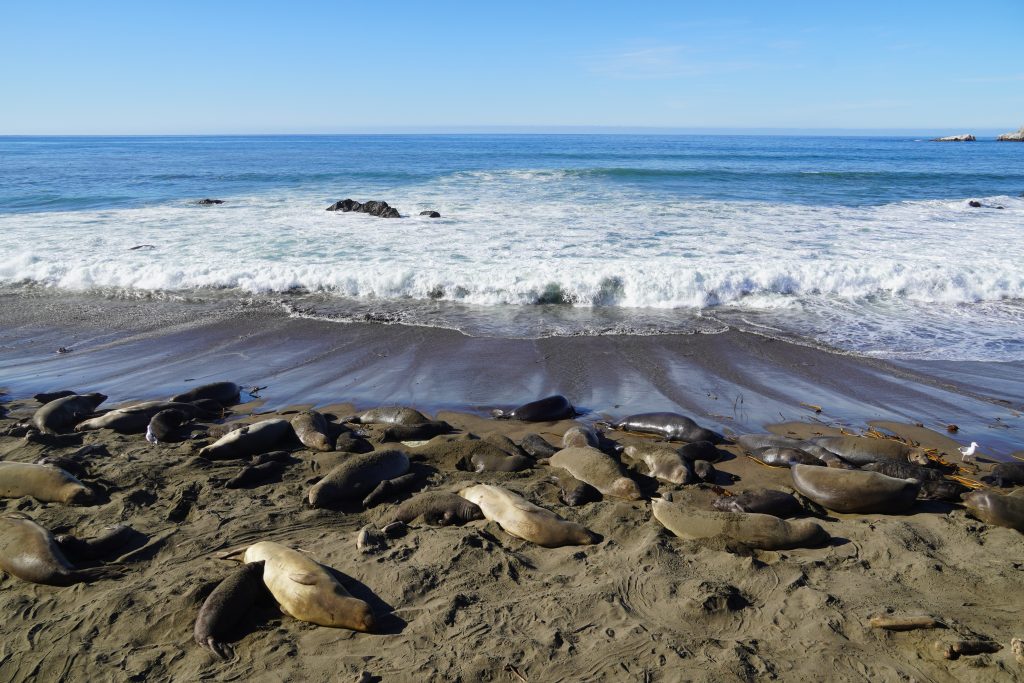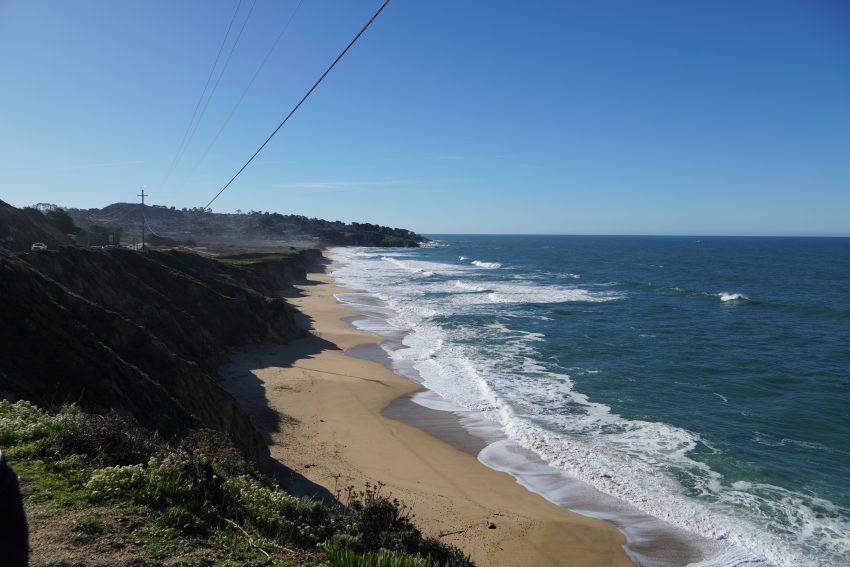Shoreline Conservation Efforts
Shoreline regions are some of the most ecologically rich and economically vital areas on the planet. They are home to diverse ecosystems, such as coral reefs, mangrove forests, and seagrass meadows, which support a wide variety of marine species. However, these ecosystems are increasingly threatened by human activities, climate change, and natural disasters. As a result, shoreline conservation has become a key priority for environmentalists and governments worldwide. Protecting these areas is crucial not only for preserving biodiversity but also for maintaining the livelihoods of shoreline communities that rely on these ecosystems for food, tourism, and recreation.
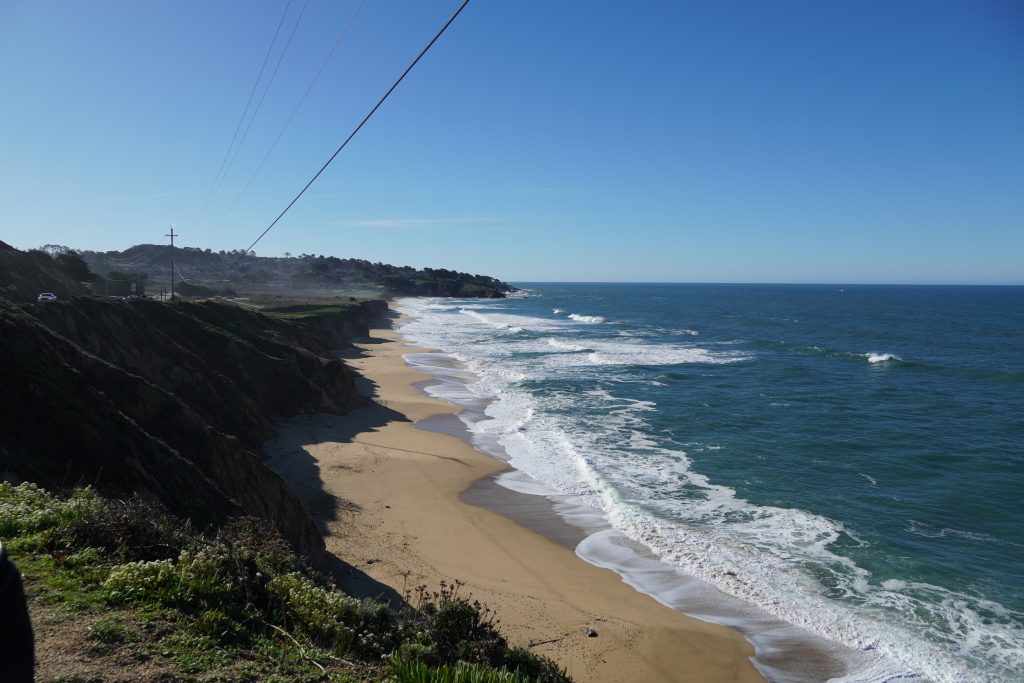
One of the most significant threats to shorelines is the destruction of natural habitats. Coastal development, including the construction of resorts, ports, and infrastructure, has led to the loss of critical habitats such as mangroves, wetlands, and sand dunes. These areas are vital for protecting against shoreline erosion, providing breeding grounds for marine life, and offering a natural buffer against storms and floods. In response, conservationists have launched various restoration projects, such as mangrove replanting programs and dune restoration initiatives. For instance, countries like Thailand and Indonesia have made significant efforts to restore mangrove forests, which not only protect shorelines from erosion but also support a variety of marine species, including fish, crabs, and mollusks.
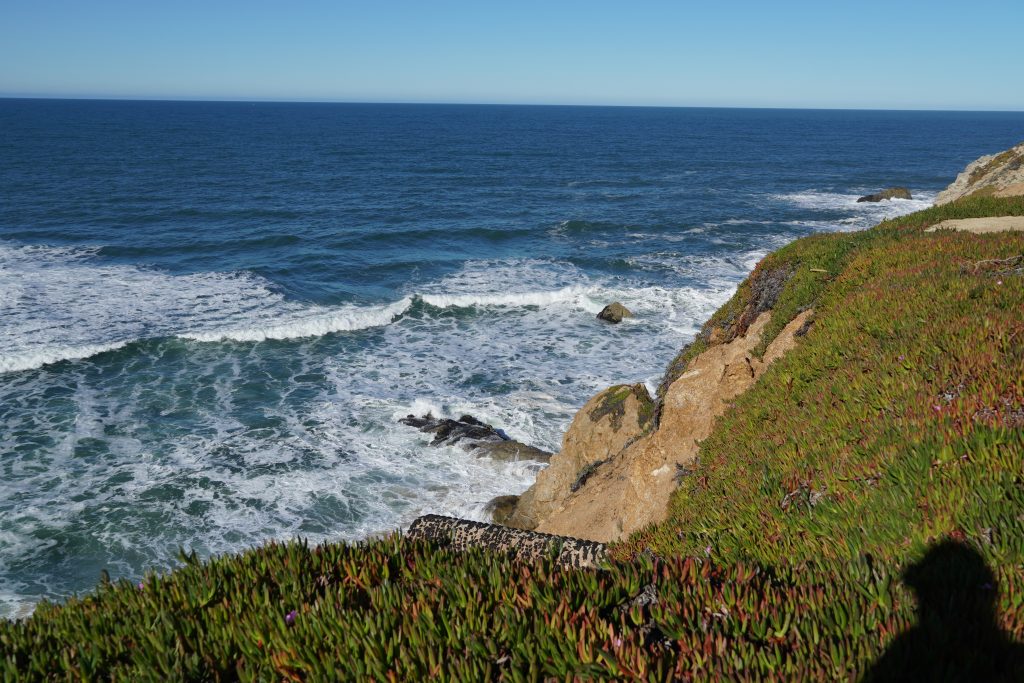
Another major issue facing shorelines is the impact of pollution. Plastic waste, oil spills, and untreated sewage are common pollutants that harm marine life and degrade water quality. Shoreline cities are taking significant steps to reduce waste and improve waste management. In cities like Barcelona and San Francisco, waste-to-energy programs, recycling initiatives, and improved sewage treatment systems have been implemented to minimize the flow of pollutants into the ocean. Additionally, many shoreline regions have established “marine protected areas” (MPAs) where human activity is limited, allowing ecosystems to recover and thrive without the pressure of overfishing, pollution, or tourism.
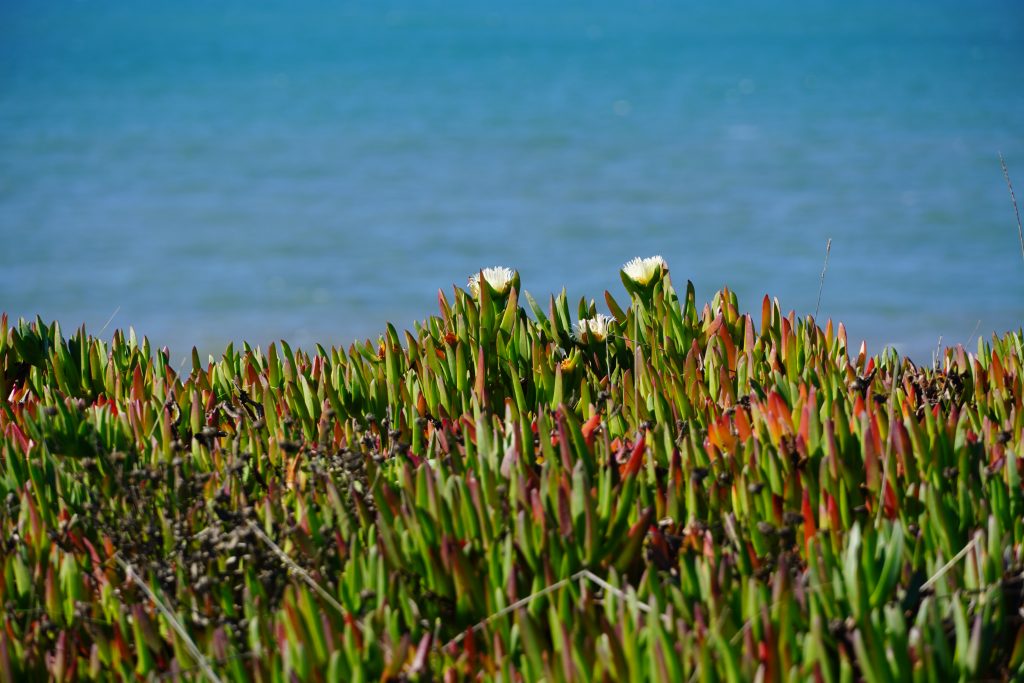
Climate change is also a critical factor influencing the state of shorelines. Rising sea levels due to global warming threaten to inundate low-lying shoreline areas, displacing human populations and altering ecosystems. Shoreline cities are increasingly investing in adaptation measures, such as the construction of sea walls, coastal barriers, and flood mitigation systems. In some regions, governments have introduced policies to protect natural buffers like wetlands and mangroves, which act as carbon sinks and help mitigate the effects of climate change. For example, the Netherlands has long been a leader in managing sea-level rise, using advanced engineering and planning techniques to protect its shoreline zones.
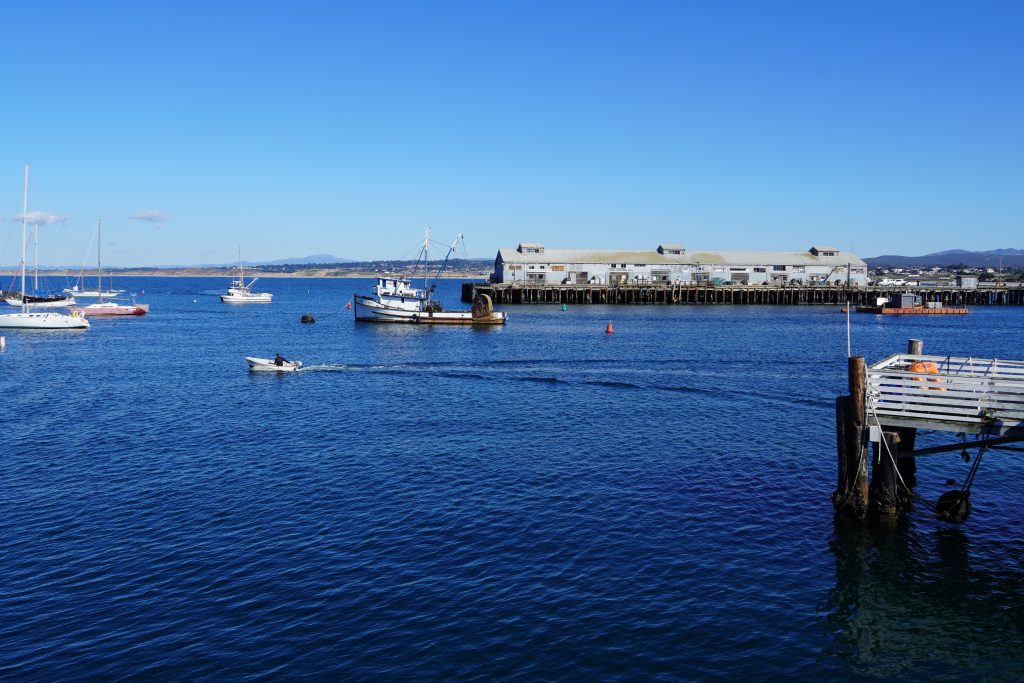
Public awareness and community engagement are essential for successful shoreline conservation. Local communities are often the first to notice changes in the environment and can play a crucial role in monitoring and protecting shoreline ecosystems. Programs that encourage citizen participation, such as beach clean-ups, educational outreach, and eco-tourism, can help build a culture of sustainability. In many shoreline areas, fishing communities are also being engaged in sustainable practices, such as catch limits and the establishment of no-fishing zones, which can help replenish fish stocks and protect marine biodiversity.
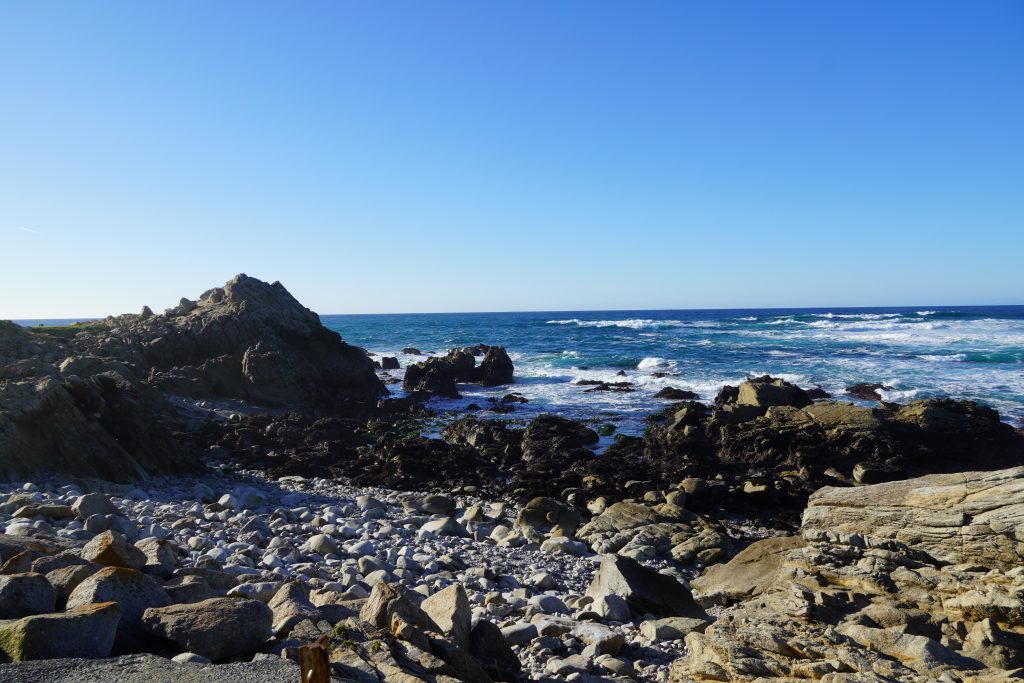
In conclusion, shoreline conservation is a multifaceted challenge that requires collaboration between governments, scientists, local communities, and industries. Through habitat restoration, pollution reduction, climate adaptation strategies, and public education, significant progress can be made in preserving the fragile ecosystems that line our shorelines. Protecting these areas not only ensures the survival of biodiversity but also secures the future of shoreline economies and communities.
